📍 Introduction
With digital payments rapidly becoming the norm in India, choosing the right payment method for daily use can be confusing. Should you scan a QR with UPI, swipe your debit card, or enjoy cashback via a credit card?
Each method has its own benefits, risks, and ideal use cases. In this guide, we compare UPI vs Credit Card vs Debit Card across factors like convenience, charges, rewards, and safety to help you make smarter financial decisions.
🔍 What Is UPI?
Unified Payments Interface (UPI) is a real-time payment system developed by the National Payments Corporation of India (NPCI). It allows users to transfer money instantly between bank accounts using a mobile app and a UPI ID.
✅ Features:
- Instant, 24×7 transfers
- No transaction charges for most users
- Supports QR code payments, bill payments, bank-to-bank transfers
Popular UPI Apps: Google Pay, PhonePe, Paytm, BHIM
💳 What Is a Credit Card?
A credit card allows you to borrow money from your bank to make purchases or withdraw cash (with limits). The amount is to be repaid monthly—either fully or partially—with interest if unpaid in full.
✅ Features:
- Buy now, pay later facility
- Rewards, cashback, and offers
- Interest-free period (up to 45 days)
Top Indian Credit Cards: HDFC Millennia, SBI Cashback Card, Axis Flipkart, ICICI Amazon Pay
🏦 What Is a Debit Card?
A debit card lets you spend only what you have in your bank account. It is directly linked to your savings or current account and deducts money instantly during transactions.
✅ Features:
- Real-time deductions from bank account
- No debt or repayment involved
- Widely accepted online and offline
Example: RuPay, Visa, MasterCard debit cards issued by banks like SBI, ICICI, Axis
🧾 Comparison Table: UPI vs Credit Card vs Debit Card
| Feature | UPI | Credit Card | Debit Card |
|---|---|---|---|
| Source of Funds | Linked bank account | Credit line from bank | Bank account |
| Transaction Charges | Mostly free | Sometimes high (1–3% online) | Nominal |
| Rewards/Cashback | Minimal | High (cashback, points, EMI) | Low or none |
| Risk of Fraud | Medium (via apps) | High (if misused) | Moderate |
| Interest | None | Yes, if not paid on time | None |
| Ease of Use | Very High (QR, P2P) | Medium | High |
| International Usage | Limited | Widely accepted globally | Accepted in most countries |
| Spending Control | Very high (own funds) | Low (easy to overspend) | High (limited to account balance) |
🟩 Pros and Cons of UPI
✅ Pros:
- Instant and free transactions
- No card needed
- High convenience via QR scanning
❌ Cons:
- Depends on internet and phone availability
- Daily transaction limits apply
- Security issues if phone is compromised
🟨 Pros and Cons of Credit Cards
✅ Pros:
- Build credit score
- Cashback and reward points
- Emergency funding flexibility
❌ Cons:
- High-interest rates on unpaid balance
- Risk of overspending
- Annual fees (on many cards)
🟦 Pros and Cons of Debit Cards
✅ Pros:
- Direct control over spending
- Easy online/offline payments
- Safe for those who avoid debt
❌ Cons:
- No credit score improvement
- Fewer rewards
- Risk of bank account drain in case of fraud
📊 Which Is Best for Everyday Use?
| Scenario | Best Option | Reason |
|---|---|---|
| Grocery Shopping & Local Store | UPI | Quick and free transactions via QR |
| Online Shopping | Credit Card | Extra cashback, EMI options, security |
| Petrol Pumps & Travel | Credit Card | Fuel surcharge waiver, reward points |
| Budget-Controlled Spending | Debit Card/UPI | Spend only what you have |
| Paying Bills | UPI or Credit Card | Instant payments or auto-debit benefits |
🔐 Safety Tips for All Three
For UPI:
- Don’t share UPI PIN
- Use official apps
- Disable UPI if you lose your phone
For Credit Cards:
- Always pay bills on time
- Avoid sharing OTPs
- Monitor statements regularly
For Debit Cards:
- Use secure ATMs
- Enable transaction alerts
- Block immediately if lost
🧠 Final Verdict
- Use UPI for daily small transactions and QR payments.
- Use credit cards for big-ticket items, online shopping, and earning rewards—but only if you pay in full.
- Use debit cards when you want direct control over your money with no risk of debt.
Smart users often combine all three tools based on their needs—UPI for ease, Credit Card for rewards, and Debit Card for control.

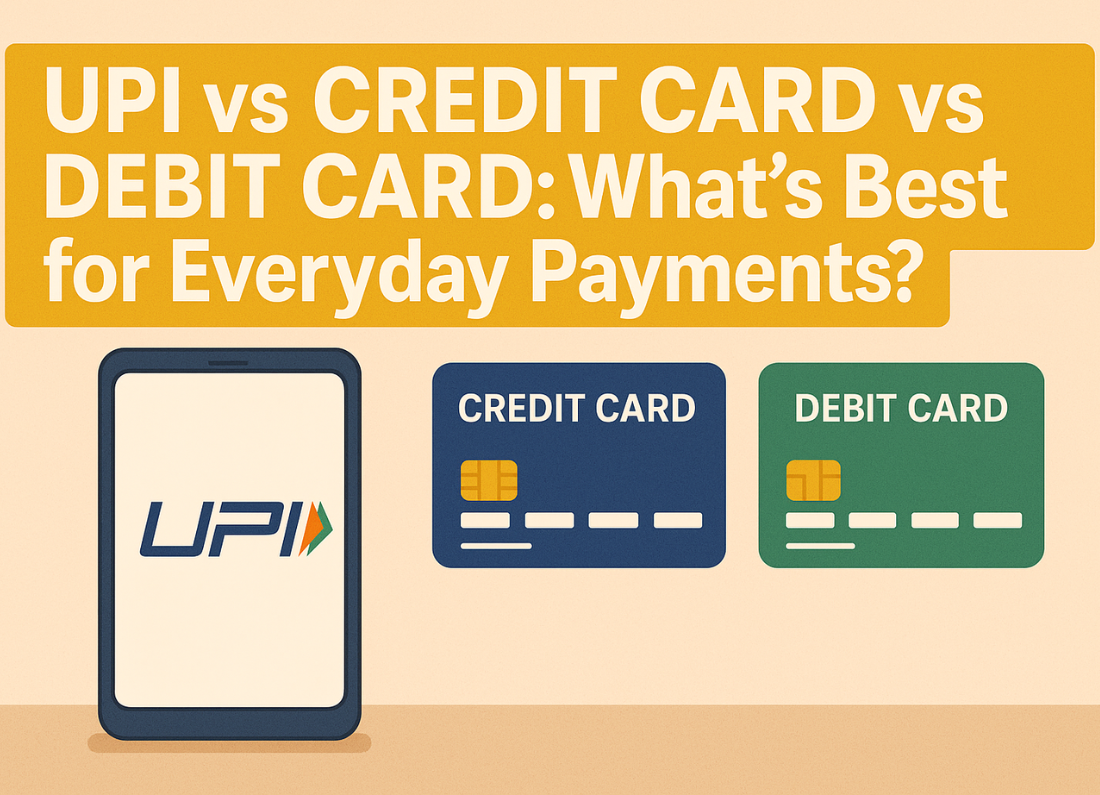
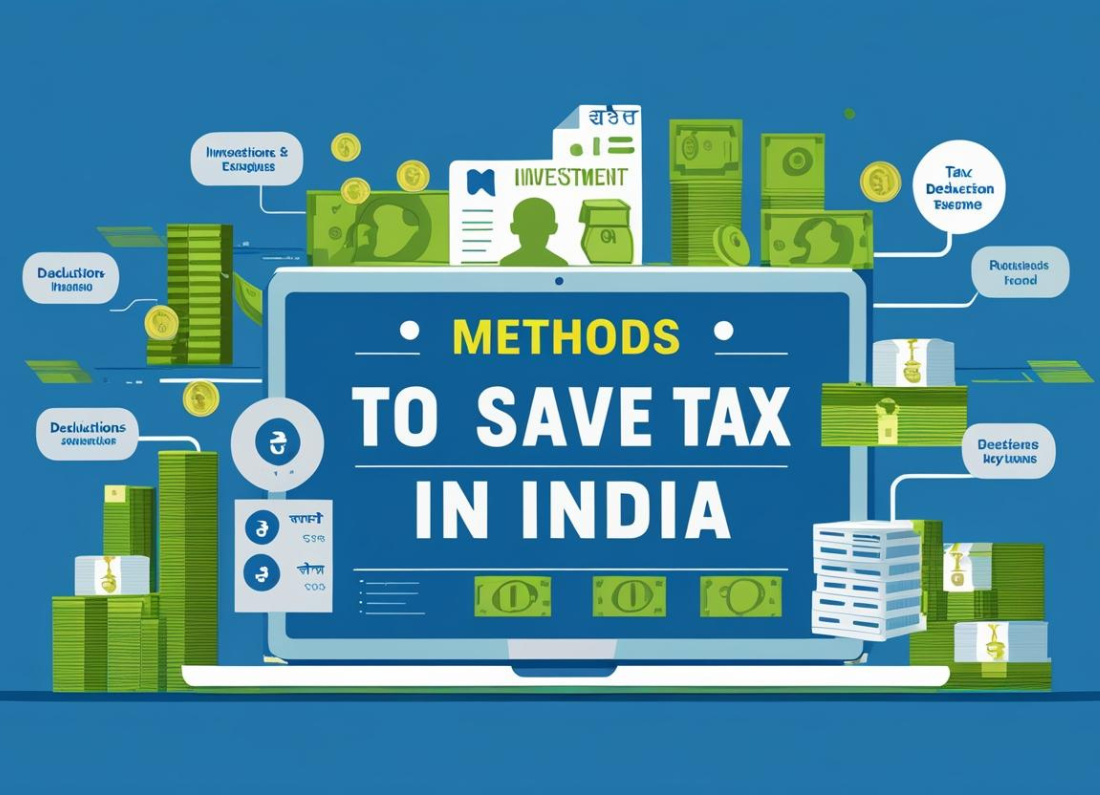
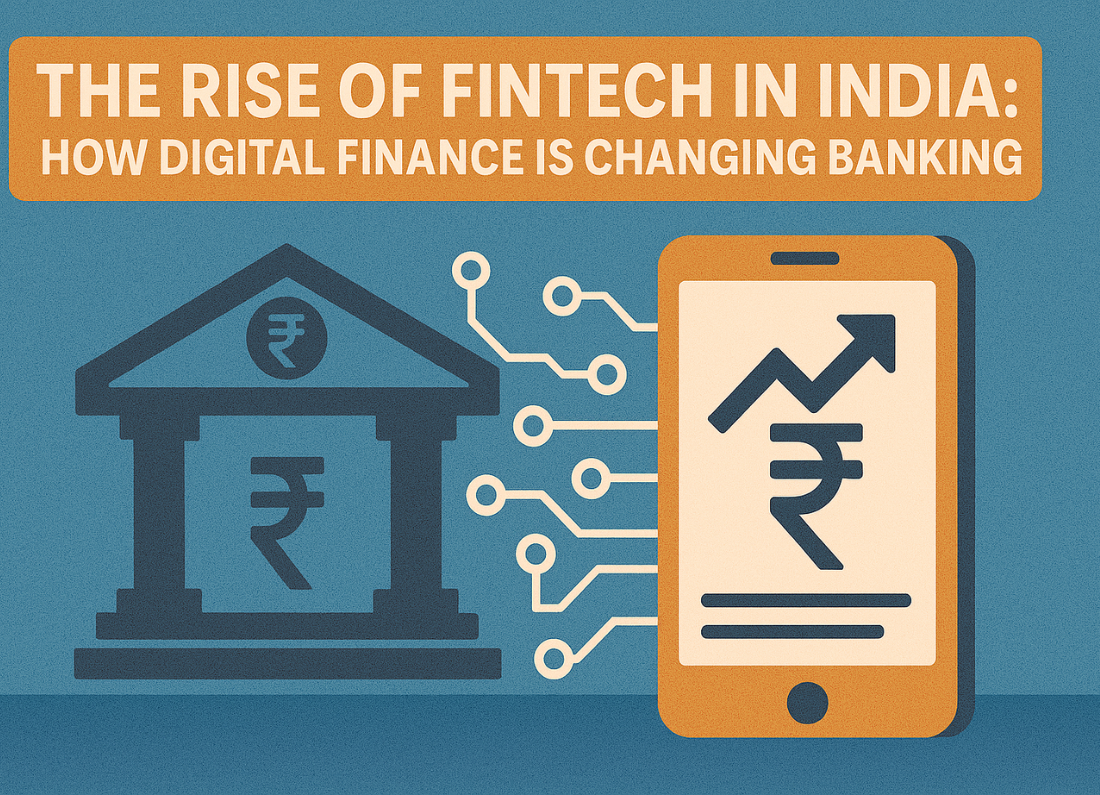
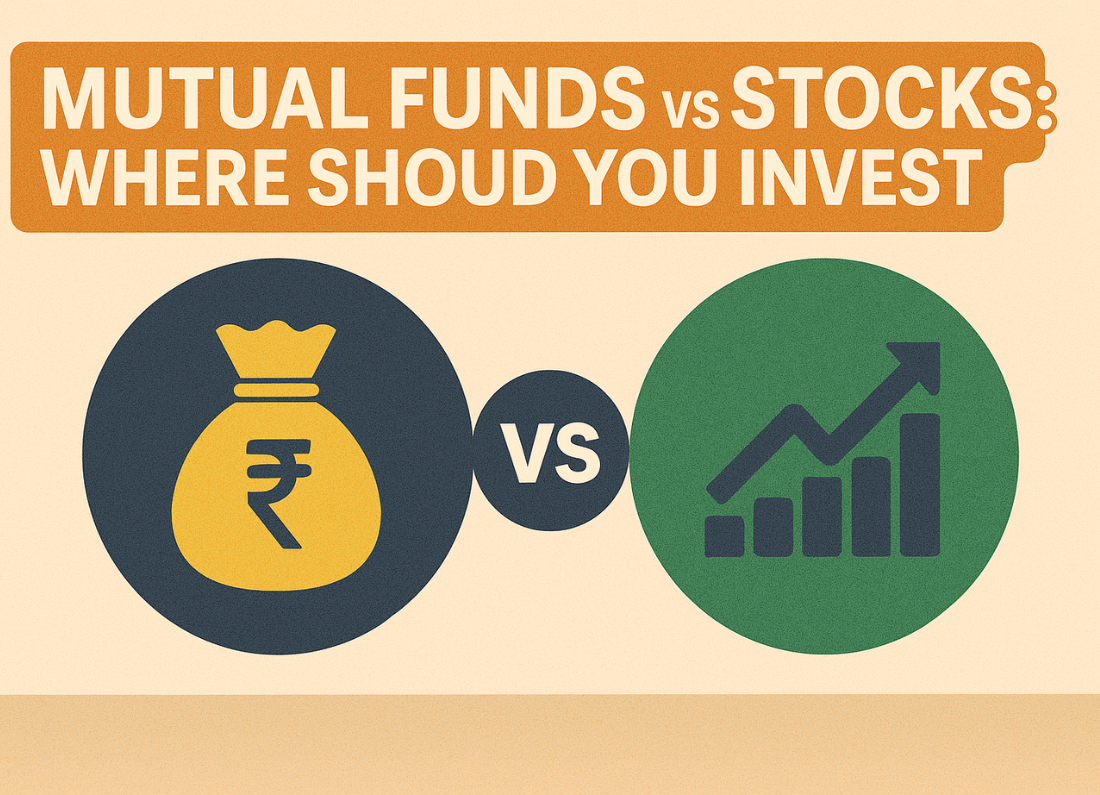
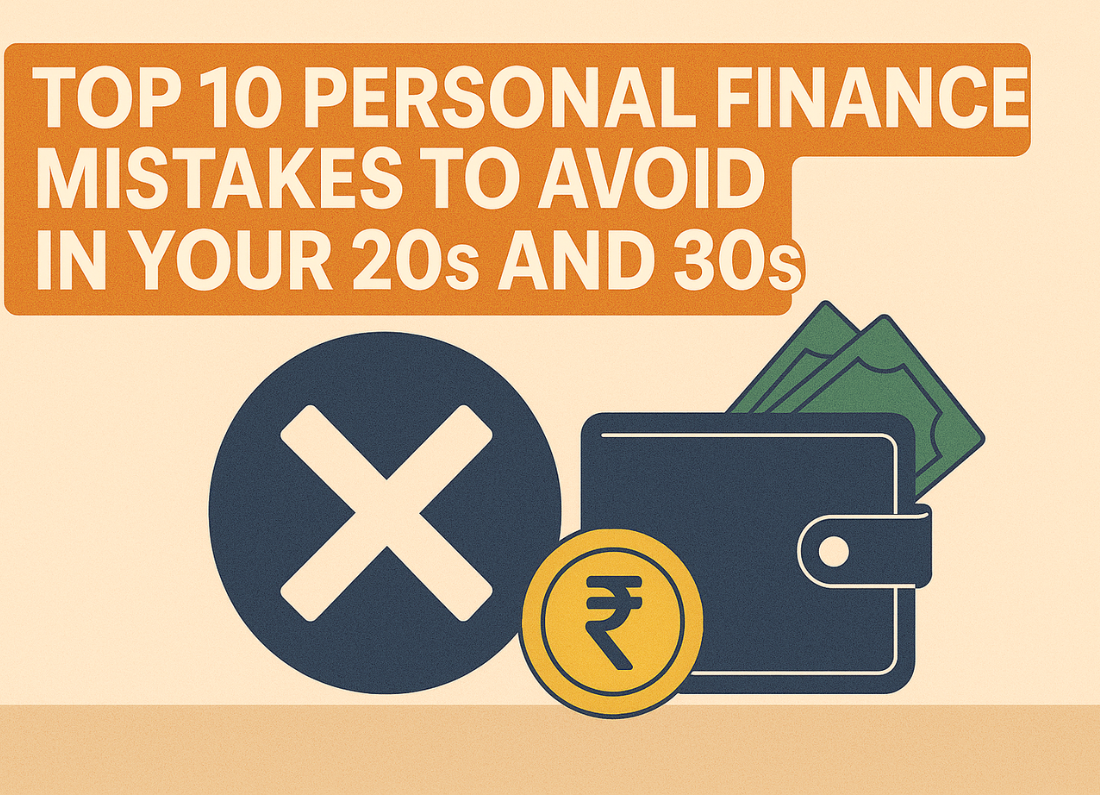
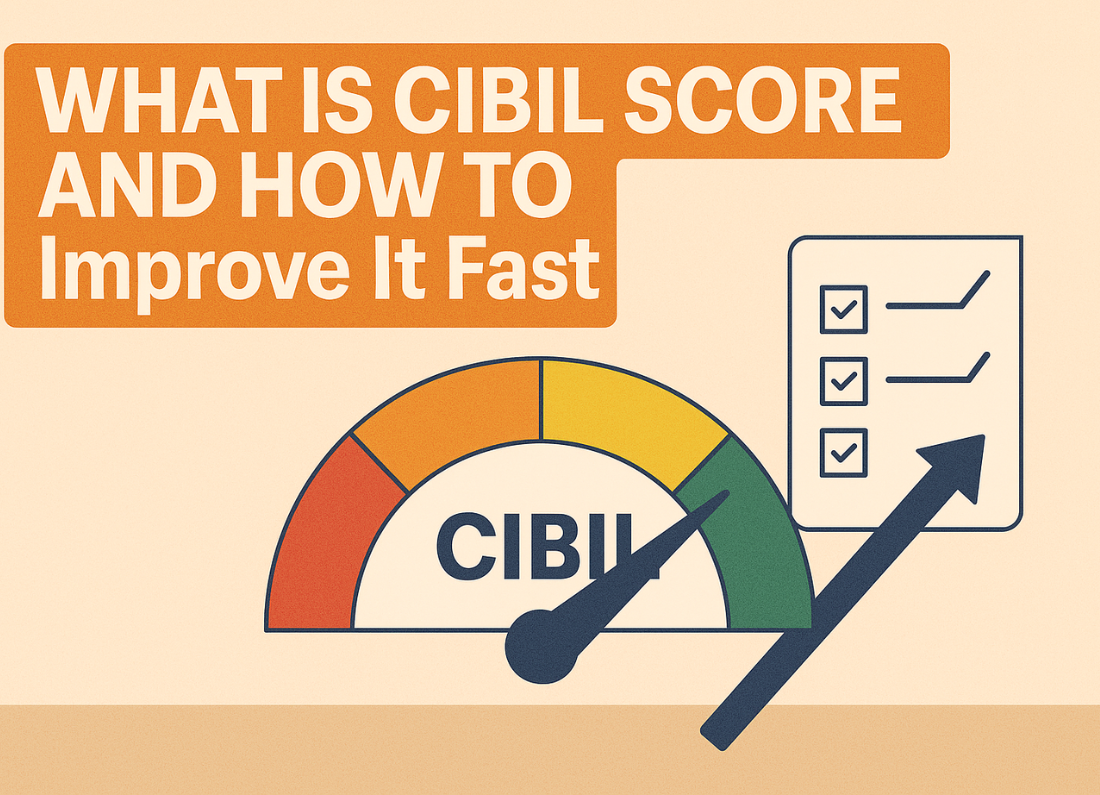
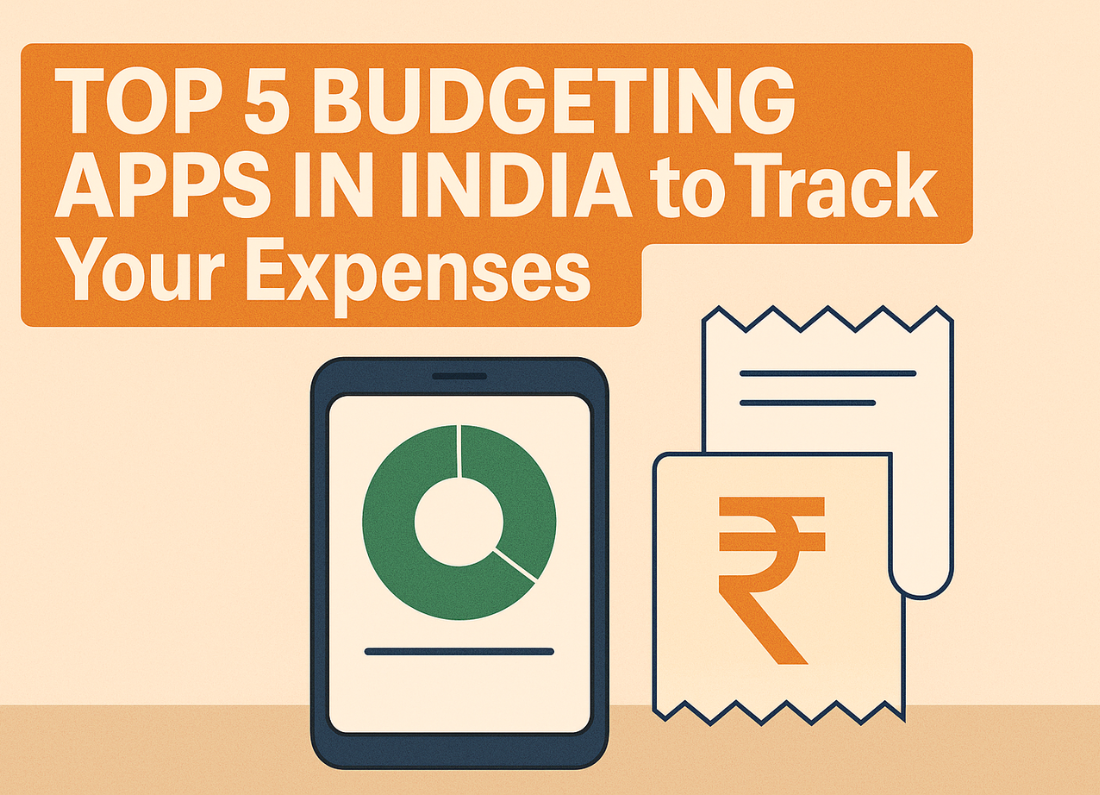
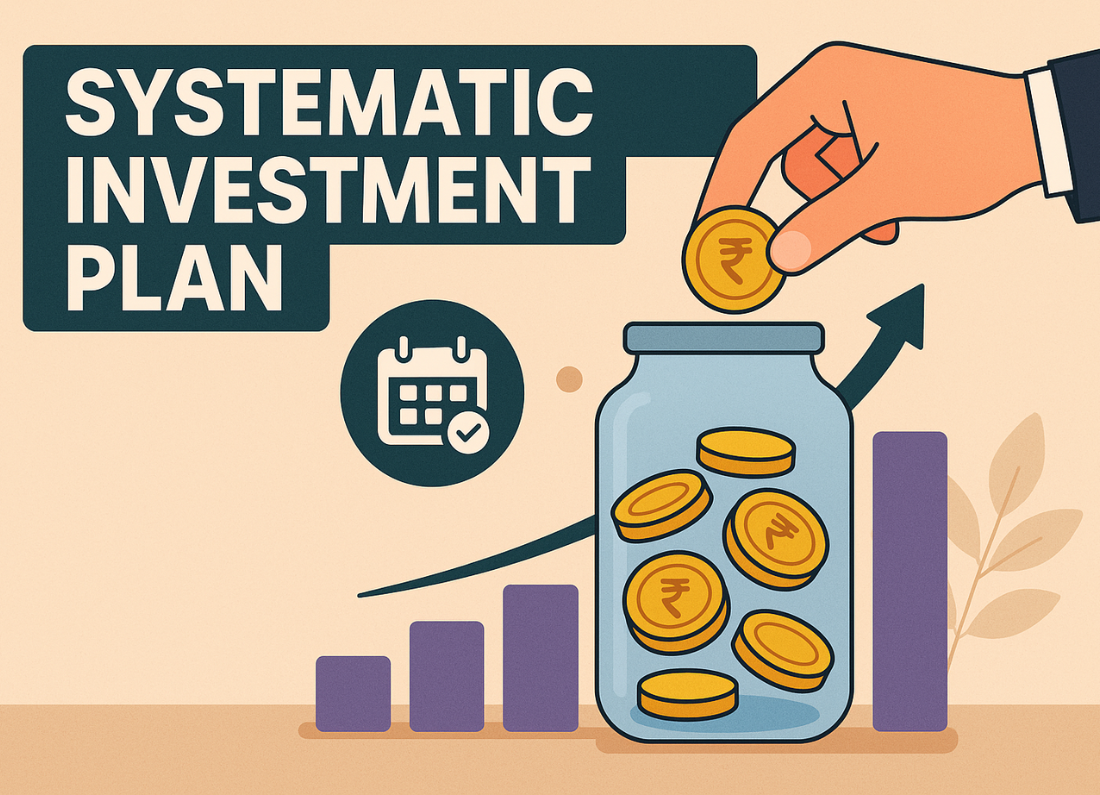
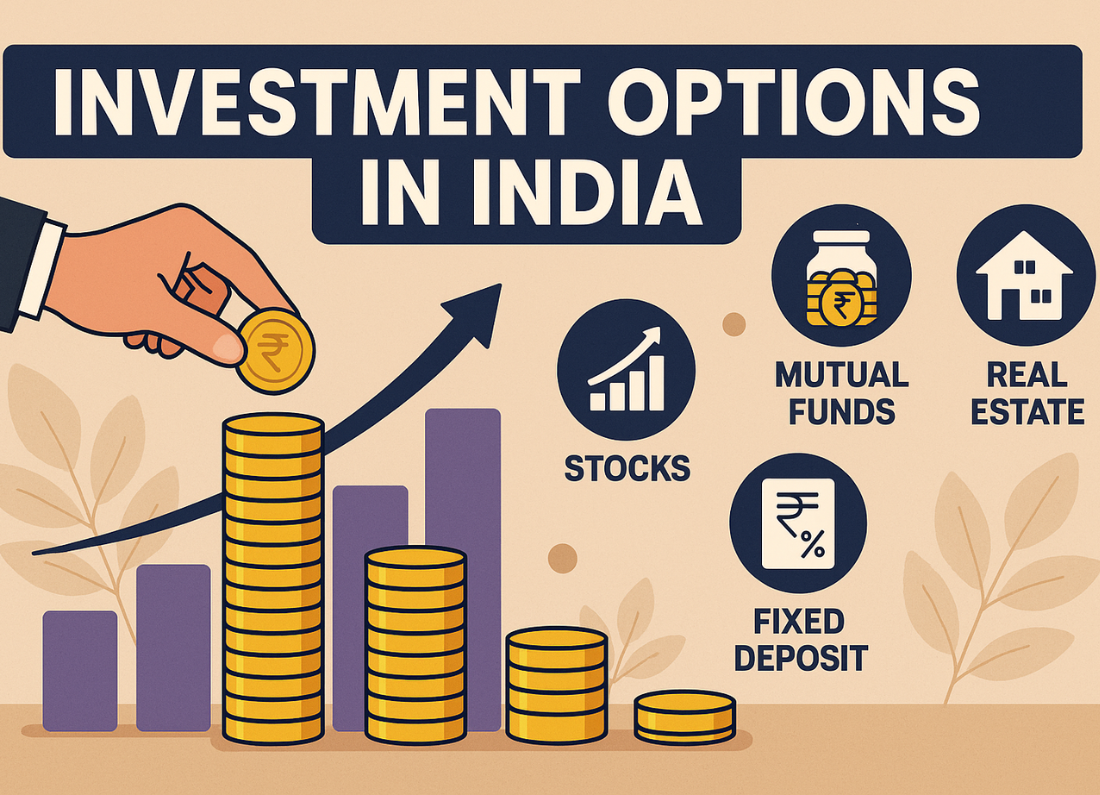




Leave a Reply